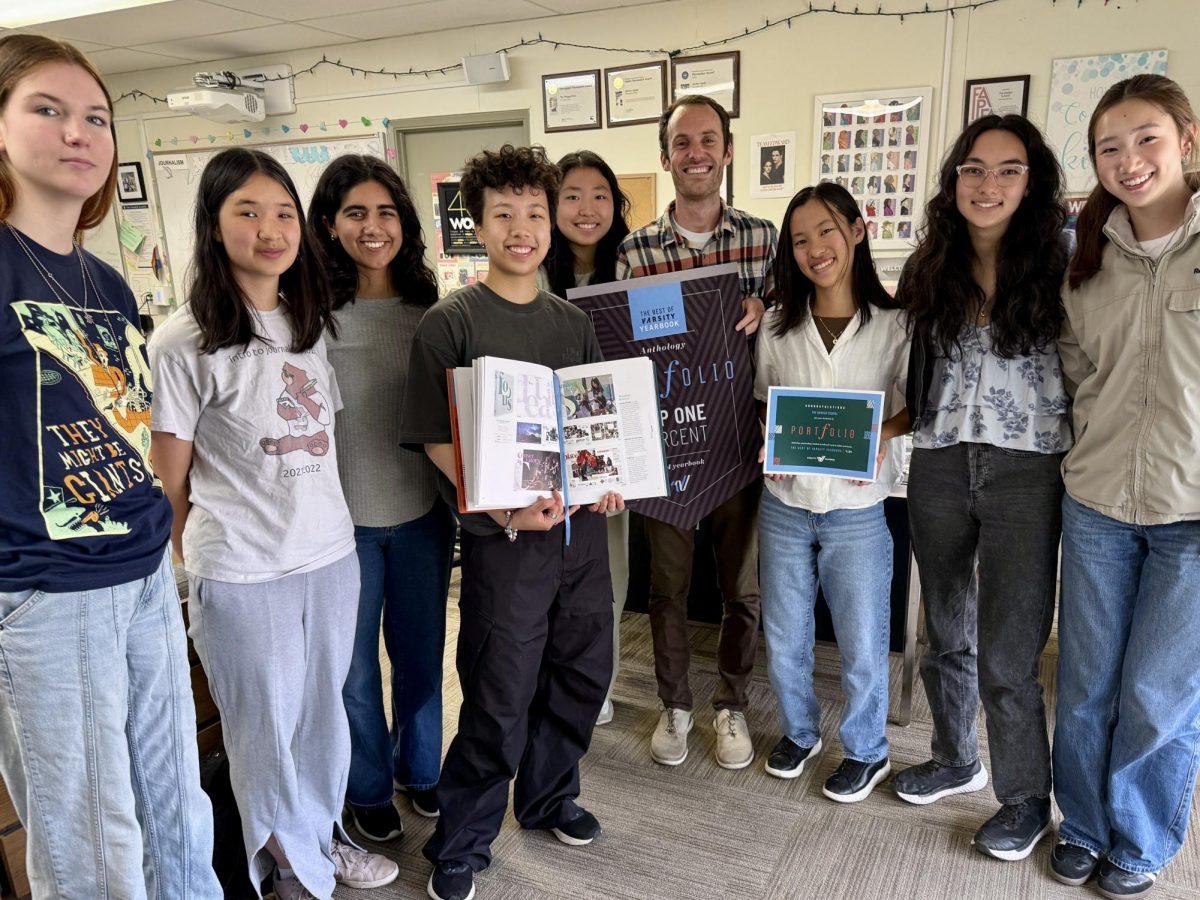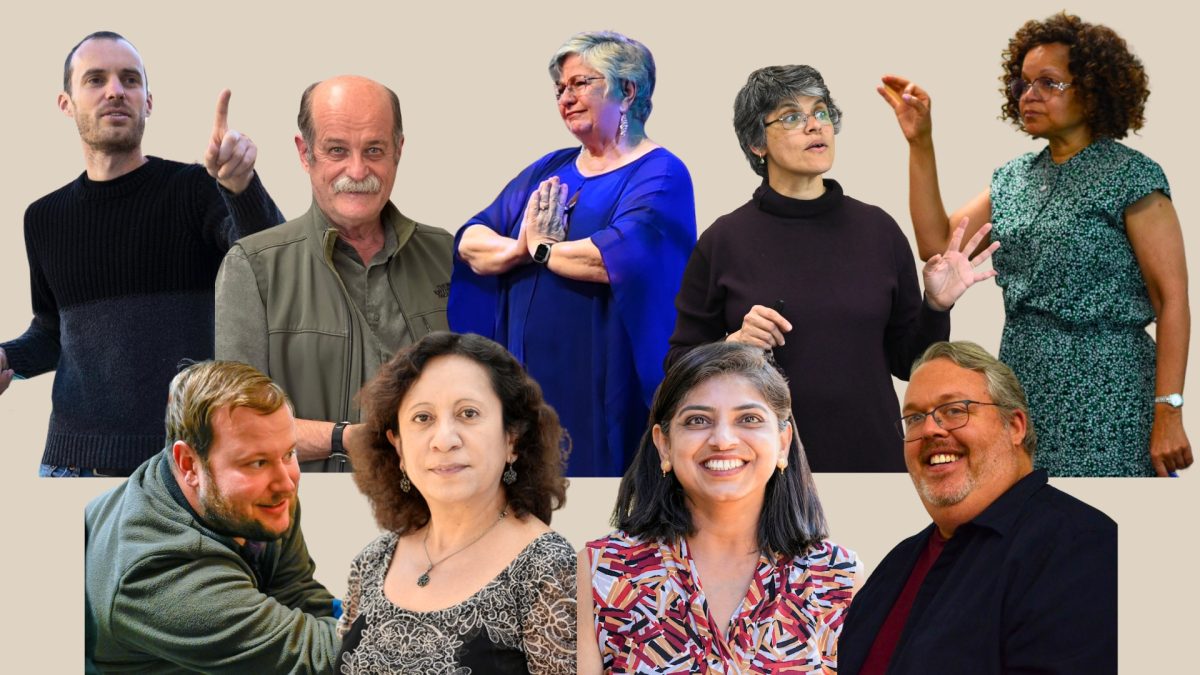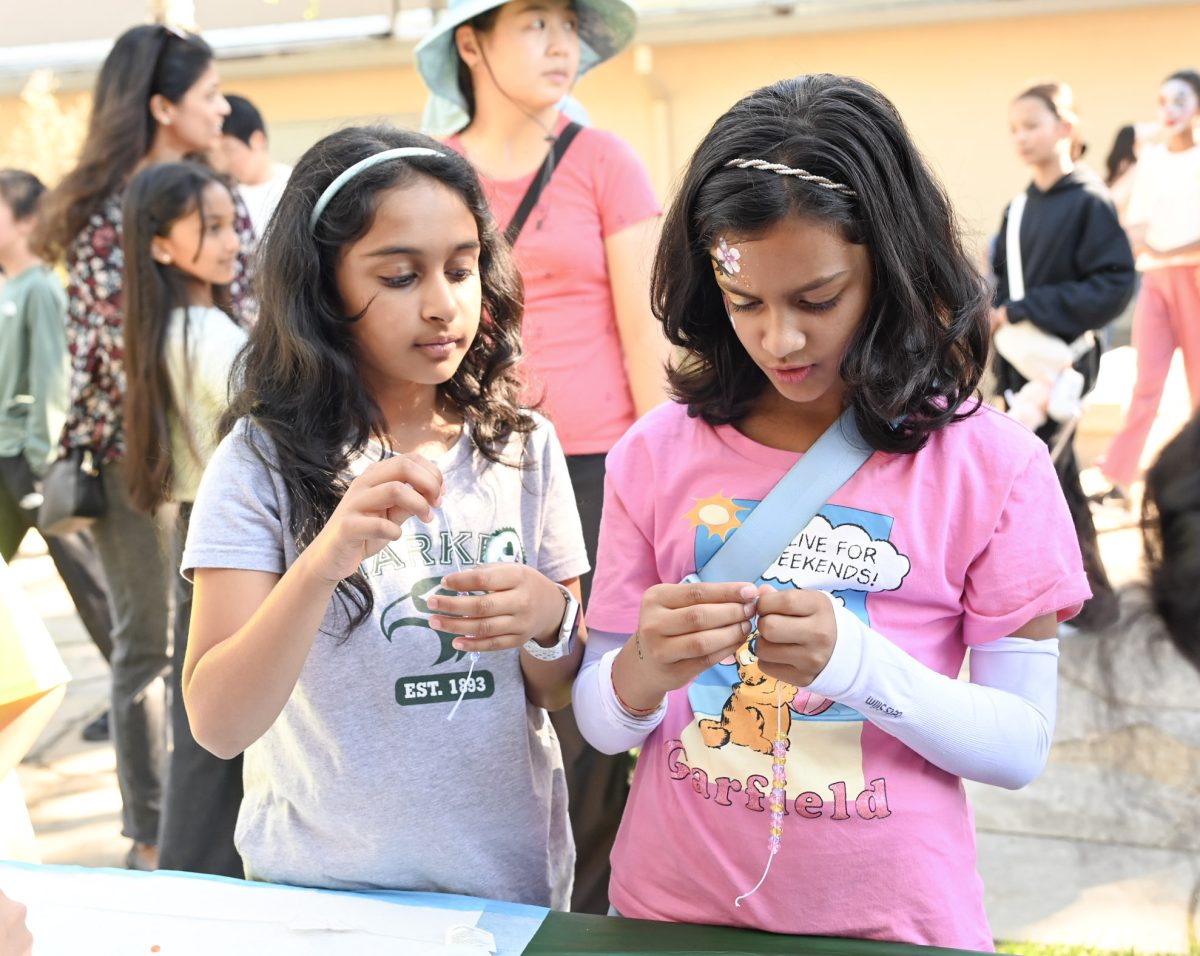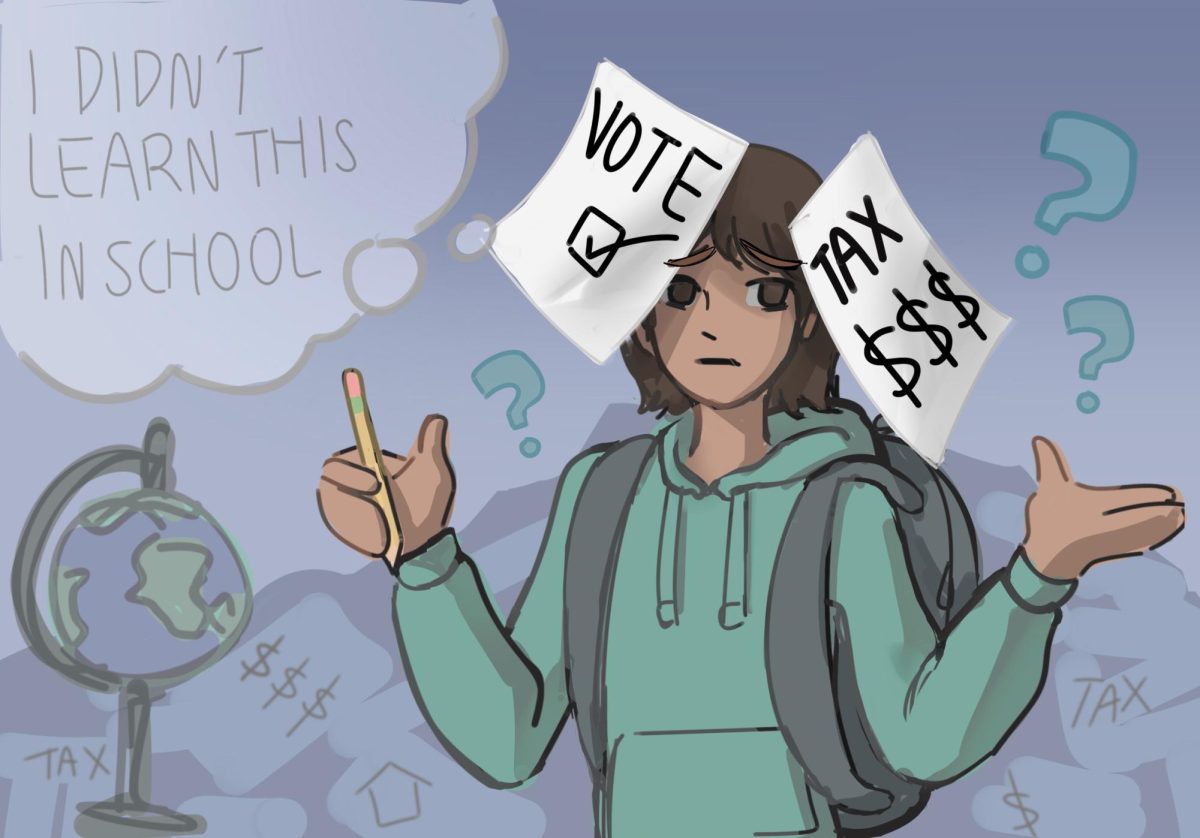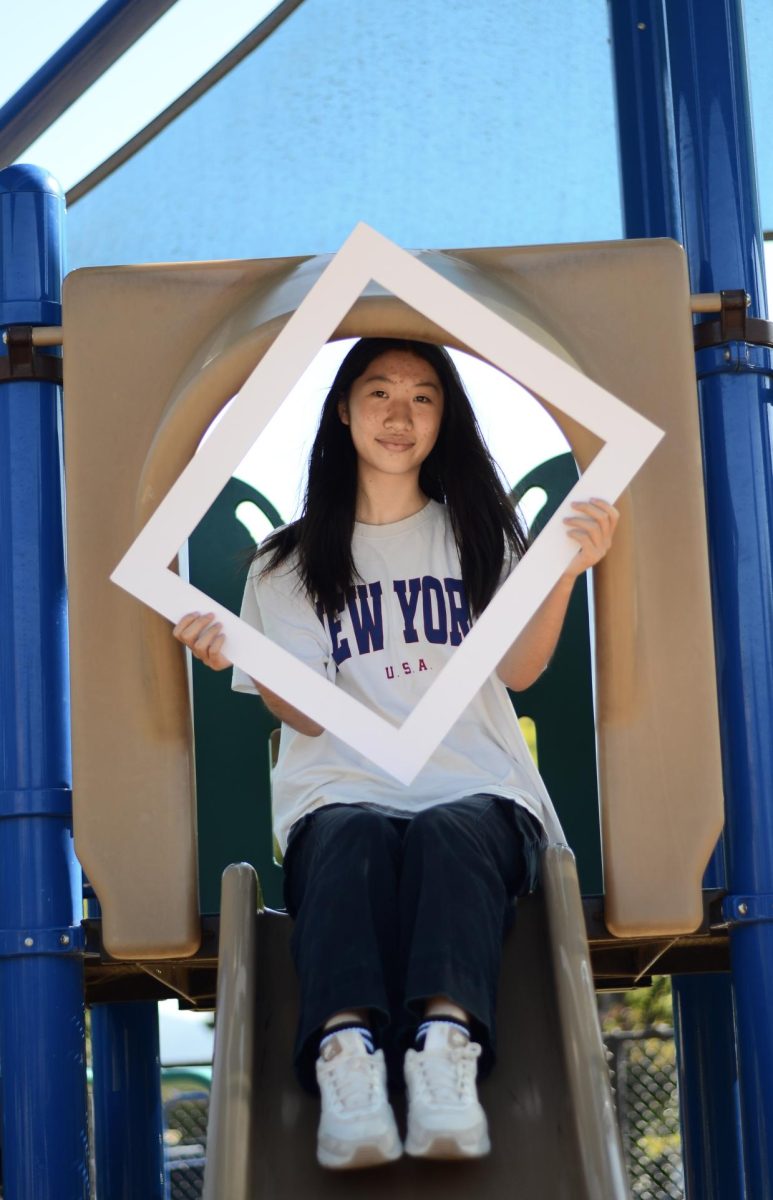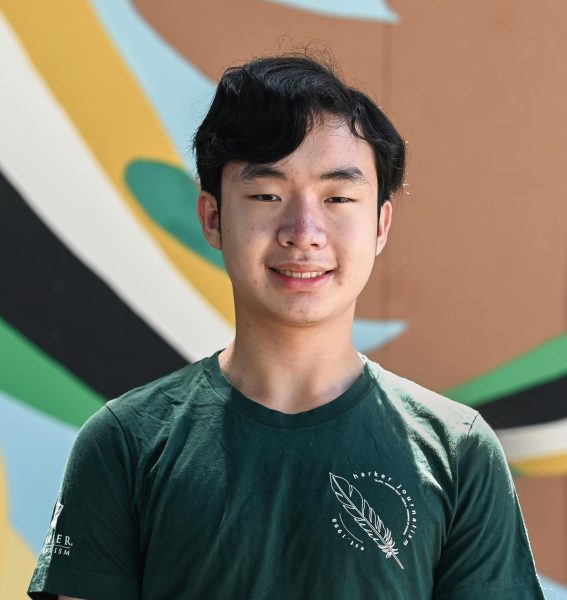My hands trembled as I connected my fencing body cord to the reel at the end of the piste. This was my second match in the direct elimination round, and a victory here would secure me a spot in the top 16. But this wasn’t just any competition in the United States — this was the fencing nationals in China.
With “HAO USA” emblazoned on the back of my electric lame, it was clear to everyone at the competition that an outsider was participating. This designation is a customary rule in fencing, where athletes have their surname printed on the back of their fencing lame, followed by the country they represent. While every other competitor had printed Chinese characters indicating the region or province they represented, I was the only one with Roman letters, let alone the acronym “USA.”
In many ways, “HAO USA” is a contradictory statement. The surname suggests my Asian identity, yet “USA” clearly indicates that I represent the United States. How can I stay true to my Asian heritage when I am representing a country from the West? These six letters encapsulate the contradiction at the heart of so many Asian Americans.
This internal conflict manifested when I went to China to train and compete in competitions like this one with coaches of the professional Chinese fencing team. While the training proved valuable because it honed my technique, the bonds I formed with my fellow fencers were the most rewarding aspect.
At first, I sensed a subtle distance between me, an Asian American born abroad, and the local Chinese fencers. Our mutual uncertainty was palpable; they might have wondered about my background and reasons for being there, just as I pondered their perceptions of me. “Does he know how to speak Chinese? Why did he come to China to practice? What is it like in the U.S.?”
They probably had preconceived notions about the U.S.: that the West was bullying China’s explosive growth as an industrial powerhouse, that the U.S. was racked with the issues of racism and polarization. It would have been easy for them to simply label me as “American” and associate me with their potentially negative connotations of capitalism and democracy. Likewise, I wondered about China’s political culture in an increasingly authoritarian regime.
But equally as strong as that urge to stereotype was the urge to learn about each other. We wanted to know. We wanted to understand the circumstances of the other side. This innate curiosity is what allowed me to forge meaningful relationships during my brief yet impactful time in China.
Interacting with people is a constant balance between treating them as part of a collective identity (a label) and appreciating their qualities as an individual. Labels might offer preliminary insights, but genuine understanding emerges from appreciating an individual’s distinct traits. Categorizing people can create an unnecessary obstacle that stands in the way of us being able to understand a person at a personal level.
In China, as I stood out both in my identity and as a representative of the U.S., I felt the weight of these labels. But, in time, the warmth of genuine curiosity and shared experiences overpowered those initial barriers. My time in China taught me the profound impact of setting aside labels and engaging with people on a deeply personal level. We are more than the sum of our labels, more than the categories into which society places us.
While my experiences in China underscored the limiting nature of labels, I am acutely aware of the significance and weight they carry in broader sociopolitical contexts. The labels such as “Asian American,” “Black” and others have emerged from histories steeped in cultural pride, resistance and resilience against oppressive forces. These labels can represent collective identities and shared experiences that hold immense value.
What I advocate for is not an erasure of these racial identities or a dismissal of their historical struggles. Instead, I urge a balance. While it is essential to recognize and respect these collective identities and histories, it’s equally crucial to ensure that they do not become restrictive boxes that prevent us from seeing the rich tapestry of individual experiences within them.
Recognizing someone’s racial or ethnic background is acknowledging a part of their identity, their history and their struggle. But it should be a gateway to deeper understanding, not a stopping point. When I was in China, my label as an “American” was a starting point for conversations, but it was the individual stories and shared experiences that truly bridged our worlds.
Labels are a double-edged sword. While they can serve as rallying points of solidarity and understanding, they can also be misused to generalize and stereotype. It’s a delicate equilibrium, and one we must navigate with care, empathy and a genuine desire to understand the myriad of stories that lie beneath each label.
Let’s move beyond the confines of these labels. Asian Americans don’t exist; it’s the individuals within this group that truly define its essence. People exist. You exist. We exist. By embracing our mutual curiosity and cherishing individual stories, we can foster a world where everyone is seen for who they truly are.


















![“[Building nerf blasters] became this outlet of creativity for me that hasn't been matched by anything else. The process [of] making a build complete to your desire is such a painstakingly difficult process, but I've had to learn from [the skills needed from] soldering to proper painting. There's so many different options for everything, if you think about it, it exists. The best part is [that] if it doesn't exist, you can build it yourself," Ishaan Parate said.](https://harkeraquila.com/wp-content/uploads/2022/08/DSC_8149-900x604.jpg)




![“When I came into high school, I was ready to be a follower. But DECA was a game changer for me. It helped me overcome my fear of public speaking, and it's played such a major role in who I've become today. To be able to successfully lead a chapter of 150 students, an officer team and be one of the upperclassmen I once really admired is something I'm [really] proud of,” Anvitha Tummala ('21) said.](https://harkeraquila.com/wp-content/uploads/2021/07/Screen-Shot-2021-07-25-at-9.50.05-AM-900x594.png)







![“I think getting up in the morning and having a sense of purpose [is exciting]. I think without a certain amount of drive, life is kind of obsolete and mundane, and I think having that every single day is what makes each day unique and kind of makes life exciting,” Neymika Jain (12) said.](https://harkeraquila.com/wp-content/uploads/2017/06/Screen-Shot-2017-06-03-at-4.54.16-PM.png)








![“My slogan is ‘slow feet, don’t eat, and I’m hungry.’ You need to run fast to get where you are–you aren't going to get those championships if you aren't fast,” Angel Cervantes (12) said. “I want to do well in school on my tests and in track and win championships for my team. I live by that, [and] I can do that anywhere: in the classroom or on the field.”](https://harkeraquila.com/wp-content/uploads/2018/06/DSC5146-900x601.jpg)
![“[Volleyball has] taught me how to fall correctly, and another thing it taught is that you don’t have to be the best at something to be good at it. If you just hit the ball in a smart way, then it still scores points and you’re good at it. You could be a background player and still make a much bigger impact on the team than you would think,” Anya Gert (’20) said.](https://harkeraquila.com/wp-content/uploads/2020/06/AnnaGert_JinTuan_HoHPhotoEdited-600x900.jpeg)

![“I'm not nearly there yet, but [my confidence has] definitely been getting better since I was pretty shy and timid coming into Harker my freshman year. I know that there's a lot of people that are really confident in what they do, and I really admire them. Everyone's so driven and that has really pushed me to kind of try to find my own place in high school and be more confident,” Alyssa Huang (’20) said.](https://harkeraquila.com/wp-content/uploads/2020/06/AlyssaHuang_EmilyChen_HoHPhoto-900x749.jpeg)




